Home>Furniture>Outdoor Furniture>How To Keep Bees Off Patio
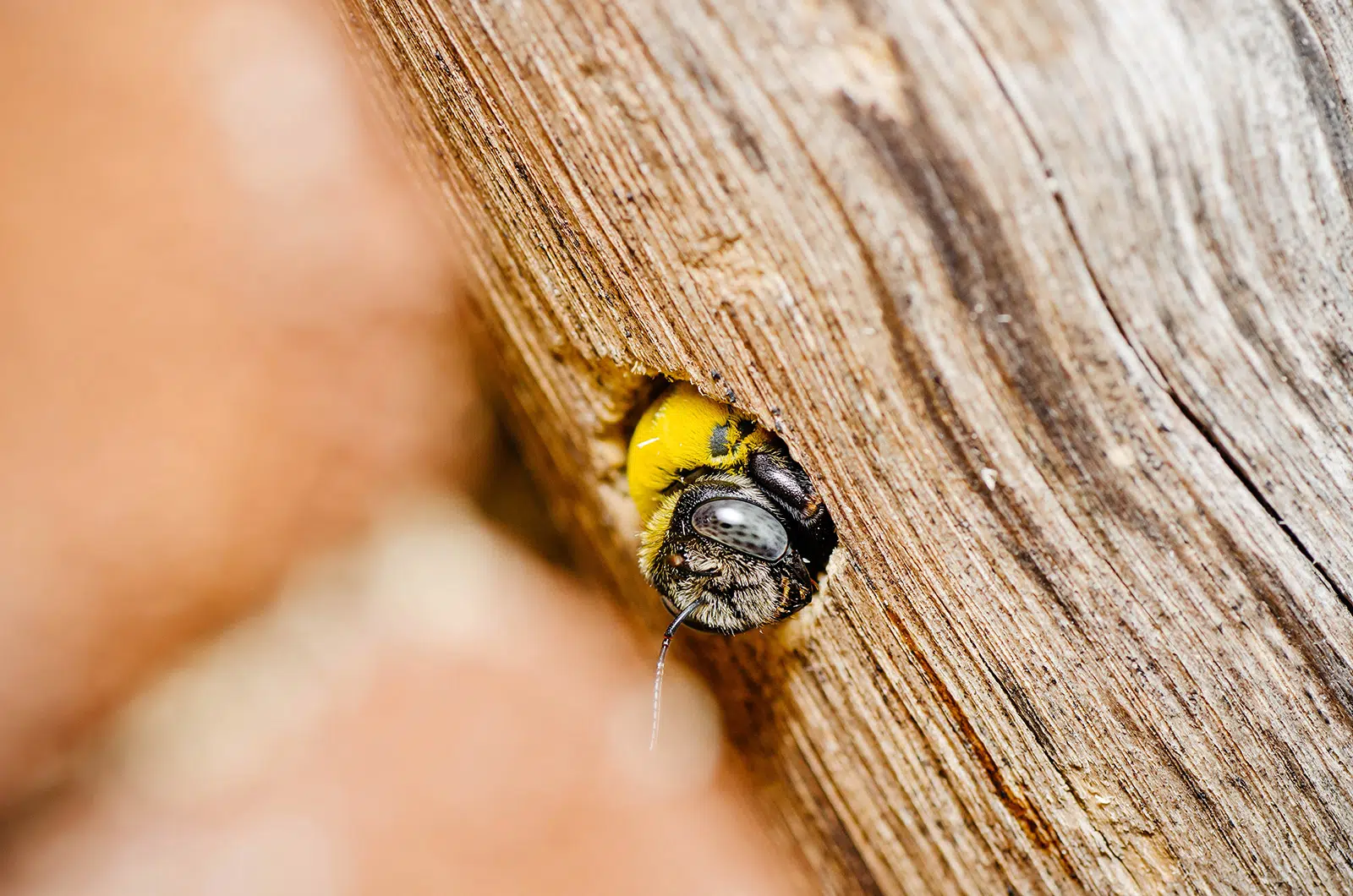

Outdoor Furniture
How To Keep Bees Off Patio
Modified: May 6, 2024
Discover effective ways to keep bees off your patio and protect your outdoor furniture with our expert tips and tricks.
(Many of the links in this article redirect to a specific reviewed product. Your purchase of these products through affiliate links helps to generate commission for Storables.com, at no extra cost. Learn more)
Introduction
Welcome to our guide on how to keep bees off your patio. While bees play a crucial role in pollination and maintaining a healthy ecosystem, having them swarm around your outdoor living space can be bothersome, especially for those who are allergic to bee stings. Fortunately, there are several effective strategies and preventative measures you can take to deter bees from invading your patio and enjoying your outdoor furniture.
In this article, we will dive into the behavior of bees, identify common attractants on the patio, explore natural repellents for bees, and offer practical tips for creating a bee-free zone. We will also discuss how to bee-proof your patio furniture and fixtures, maintain a clean and tidy patio space, and plant bee-friendly flowers away from the patio. Finally, we will delve into seeking professional help for persistent bee problems.
Whether you’re planning to host a patio party, enjoy a quiet cup of coffee, or simply relax and unwind outdoors, our tips and recommendations will help you create a bee-free environment, allowing you to fully enjoy your outdoor space without worrying about bee encounters. Let’s get started!
Key Takeaways:
- Create a bee-friendly patio by using natural repellents, maintaining cleanliness, and planting bee-friendly flowers away from the seating area. Balance a bee-free environment with supporting the vital role of bees in the ecosystem.
- Seek professional help if faced with persistent bee problems, allergies, or aggressive colonies. Prioritize safety and coexist harmoniously with bees while enjoying a comfortable outdoor space.
Read more: How To Keep Worms Off The Patio
Understanding the Behavior of Bees
Before we dive into how to keep bees off your patio, it’s essential to understand their behavior and why they may be attracted to your outdoor space. Bees are social insects that live in colonies and have a strong sense of community. They are attracted to bright colors, sweet smells, and sources of water.
Bees are particularly drawn to flowers, as they collect nectar and pollen for survival and pollination. They are especially fond of flowers that are brightly colored, fragrant, and rich in nectar. If your patio has a variety of flowers or flowering plants nearby, it may be an irresistible temptation for bees.
In addition to flowers, bees are also attracted to food and sugary substances. If you often dine on your patio or leave food and beverages uncovered, it can attract bees looking for a sweet snack. Similarly, spilled sugary drinks or residue can remain on outdoor tables and become a magnet for bees.
Furthermore, bees require a source of water to survive. They are not only attracted to natural watering holes but also to artificial sources like birdbaths, ponds, or even damp areas on your patio. Therefore, if you have any standing water or damp spots on your patio, it can become a bee magnet.
Now that you understand the attraction factors for bees, you can take proactive measures to minimize their presence and create a bee-free zone on your patio. In the following sections, we will explore practical strategies and natural repellents that can help deter bees from your outdoor space.
Identifying Common Attractants on the Patio
In order to effectively keep bees off your patio, it’s important to identify and eliminate the common attractants that draw them in. By removing these temptations, you can significantly reduce bee activity in your outdoor space. Here are some common attractants to watch out for:
- Flowers: Bees are naturally drawn to flowers for their nectar and pollen. Take note of any flowering plants or potted flowers on your patio that may be attracting bees. Consider relocating them away from your seating area to minimize bee activity.
- Sweet food and beverages: Bees have a sweet tooth and are attracted to sugary substances. If you frequently eat or drink outside, be cautious of leaving sweet foods or beverages uncovered. Opt for tightly sealed containers or use food covers to prevent attracting bees with your snacks.
- Spilled drinks and residues: Be mindful of any spilled sugary drinks or food residues on your patio furniture or surfaces. Bees can detect even the smallest traces of sweetness and will be drawn to these areas. Clean up spills promptly to avoid attracting unwanted bee guests.
- Water sources: Bees require water for hydration. Check your patio for any sources of stagnant water that may be attracting bees. This could include birdbaths, pet water bowls, or even puddles that collect after rain. Remove or regularly refresh these water sources to reduce bee activity.
By identifying and addressing these common attractants, you can significantly reduce the bee population on your patio. In the next section, we will explore natural repellents that can be used to deter bees and keep them at bay.
Natural Repellents for Bees
If you’re looking for ways to deter bees from your patio without using harsh chemicals or pesticides, natural repellents can be an effective solution. These repellents work by emitting scents or creating barriers that discourage bees from approaching your outdoor space. Here are some natural repellents you can try:
- Essential Oils: Certain essential oils have strong scents that repel bees. Peppermint oil, eucalyptus oil, and citronella oil are known to be effective in deterring bees. Mix a few drops of these oils with water and spray the mixture around your patio or use them in oil diffusers to create a natural barrier.
- Vinegar: Vinegar is another natural repellent for bees. Mix equal parts of vinegar and water in a spray bottle and apply it to areas where bees are frequently seen. Be cautious when using vinegar on delicate surfaces, as it may cause discoloration or damage.
- Cucumber Peels: Bees dislike the smell of cucumbers, making cucumber peels an easy and natural deterrent. Leave cucumber peels around your patio or create small sachets filled with fresh cucumber peels and place them strategically to keep bees away.
- Citrus Fruit Peels: Like cucumber peels, citrus fruit peels emit a scent that repels bees. Place orange, lemon, or grapefruit peels around your patio to deter bees from coming near.
- Mothballs: While mothballs are primarily used to repel insects and pests indoors, they can also be effective in deterring bees. Place mothballs in a small container near your patio to create a barrier that bees will avoid.
It’s important to note that while natural repellents can be effective in deterring bees, they may not provide complete control and elimination. Additionally, some natural solutions may require periodic reapplication to maintain their effectiveness. If you have a severe bee infestation or persistent bee problem, it may be necessary to consider professional help. In the following sections, we will explore additional strategies to create a bee-free zone on your patio.
Creating a Bee-Free Zone on Your Patio
If you want to enjoy your patio without the constant presence of bees, creating a bee-free zone is essential. By implementing the following strategies, you can discourage bees from entering your outdoor space and make it a more enjoyable environment for you and your guests:
- Use Bee-Repellent Plants: Certain plants have natural properties that repel bees. Consider growing plants such as mint, lemongrass, marigold, and basil around the perimeter of your patio to deter bees from approaching.
- Hang Bee-Deterrents: Using visual deterrents can help keep bees away. Hang clear plastic bags filled with water around your patio area. The sunlight reflecting in the water creates an optical illusion that bees find confusing and will avoid.
- Set Up Fans: Bees are not fond of strong gusts of wind. Installing fans on your patio can create a breeze that makes it difficult for bees to hover around. Aim the fans towards the seating area to keep bees at bay.
- Use Bee-Repellent Fabrics: Consider using fabrics that are less attractive to bees for your patio furniture upholstery and cushions. Bees are less likely to be drawn to certain synthetic materials or light-colored fabrics.
- Strategic Seating Placement: Be mindful of where you place your seating arrangements on the patio. Avoid positioning them directly next to flowering plants or areas where bees are frequently seen. Create a buffer zone that keeps you at a safe distance from the bees.
- Provide Alternative Water Sources: Bees are drawn to water sources, especially in hot weather. To discourage bees from using your patio as a water source, consider installing a small bee-friendly water fountain or birdbath away from your seating area.
By implementing these strategies, you can effectively create a bee-free zone on your patio. However, it’s important to note that bees are important pollinators, and it’s crucial to balance the desire for a bee-free space with the need to support their population. In the next sections, we will discuss how to bee-proof your patio furniture and fixtures and maintain a clean patio space.
Place a few bowls of soapy water around the patio to deter bees. The scent of the soap will repel them, and if they do land in the water, the soap will make it difficult for them to fly.
Read more: How To Keep Rain Off A Patio
Bee-Proofing Patio Furniture and Fixtures
When it comes to keeping bees off your patio, one important aspect is to bee-proof your furniture and fixtures. Bees are naturally attracted to certain materials and objects, so taking steps to make them less appealing can help minimize bee activity on your patio. Here are some tips for bee-proofing your patio furniture and fixtures:
- Choose Bee-Resistant Materials: Bees are less likely to be attracted to certain materials such as metal, glass, or plastic. Consider selecting patio furniture and fixtures that are made of these materials to minimize the bee attraction.
- Avoid Bright Colors: Bees are drawn to bright and vibrant colors, especially floral hues. Opt for patio furniture and accessories in more muted or neutral colors that are less likely to attract bees.
- Keep Surfaces Clean: Bees may be attracted to leftover food or sugary residue on your patio furniture and fixtures. Regularly clean the surfaces to remove any food or drink remnants, reducing the appeal for bees.
- Use Covers or Netting: If you’re planning to leave your patio furniture unattended for an extended period, consider covering it with protective covers or using netting to create a physical barrier against bees.
- Secure Trash Receptacles: Bees can be attracted to open trash bins or receptacles. Ensure your trash containers have tightly fitting lids to prevent bees from accessing any discarded food or drink items.
- Seal Cracks and Openings: Check your patio furniture and fixtures for any openings or cracks where bees could potentially create nests. Seal these gaps to discourage bees from settling in or around your outdoor furniture.
By implementing these bee-proofing measures, you can make your patio furniture and fixtures less attractive to bees, minimizing their presence on your outdoor space. In the following section, we will discuss the importance of maintaining a clean and tidy patio to discourage bees from lingering.
Maintaining a Clean and Tidy Patio Space
Keeping your patio clean and tidy is not only important for aesthetics and functionality but also for deterring bees. A well-maintained patio helps minimize attractants and removes potential nesting or feeding spots for bees. Here are some tips for maintaining a clean and tidy patio space:
- Clean Up Food and Drink Spills: Promptly clean up any food or drink spills on your patio. Bees are attracted to sugary substances, so it’s essential to prevent any residues that may attract them.
- Sweep Away Debris: Regularly sweep or hose off your patio to remove fallen leaves, petals, or other organic debris that can attract bees. Pay attention to corners, under furniture, and in crevices where debris can accumulate.
- Empty Standing Water: Bees require water for survival, so removing any sources of standing water on your patio is crucial. This includes emptying birdbaths, regularly changing pet water bowls, and ensuring that rainwater is not collecting in containers or pooling on the patio surface.
- Trim Greenery: Maintain the vegetation around your patio by trimming overgrown plants and bushes. Bees can be attracted to certain flowering plants, so keeping them well-groomed and away from seating areas can reduce bee activity.
- Store Garbage Properly: Dispose of trash in sealed bins and regularly empty them. Bees can be attracted to the smell of garbage, so proper storage and disposal practices are essential for keeping them away from your patio.
- Keep Outdoor Storage Areas Clean: If you have outdoor storage areas like sheds or cabinets, keep them clean and well-sealed. Bees may attempt to build nests or seek shelter in these areas if they’re not properly maintained.
Maintaining a clean and tidy patio space not only deters bees but also enhances the overall ambiance and functionality of your outdoor living area. By following these upkeep practices, you can create a less appealing environment for bees and enjoy a bee-free patio. In the next section, we will discuss the importance of planting bee-friendly flowers away from the patio.
Planting Bee-Friendly Flowers Away from the Patio
While you may want to deter bees from your patio, it’s equally important to support their vital role in pollination and create bee-friendly habitats elsewhere in your garden or yard. By planting bee-friendly flowers away from the patio, you provide bees with a dedicated space to collect nectar and pollen, reducing their presence in your outdoor living area. Here are some tips for planting bee-friendly flowers:
- Choose Native Plants: Native plants are well-adapted to the local climate and provide food and habitat for local bee populations. Research and select native flowering plants that are suited to your region and will attract bees.
- Focus on a Variety of Flowers: Plant a diverse range of flowers that bloom throughout different seasons. This ensures a continuous food source for bees and helps attract a wider diversity of bee species to your garden.
- Consider Flower Shape and Color: Bees are particularly attracted to flowers with tubular shapes and bright colors like purple, blue, and yellow. Incorporate flowers with these characteristics to make your bee-friendly garden even more enticing.
- Provide Shelter and Water Sources: Alongside flowers, include other elements in your bee-friendly garden, such as shrubs, trees, and water sources like shallow dishes or small ponds. These features provide additional habitats and resources for bees.
- Plant in a Designated Area: Set aside a specific area in your garden or yard for bee-friendly plants. By keeping them away from the patio, you can create a dedicated space for bees to forage and thrive without encroaching on your outdoor living area.
- Stay Organic and Pesticide-Free: To protect bees and other beneficial insects, opt for organic gardening practices and avoid using harmful pesticides or insecticides on your bee-friendly flowers.
By planting bee-friendly flowers away from your patio, you offer bees an alternative source of food and habitat, reducing their reliance on your outdoor living space. This allows you to enjoy your patio while still supporting the essential role that bees play in our environment.
In cases where you have persistent bee problems or safety concerns, it may be necessary to seek professional assistance. Let’s explore this topic further in the next section.
Seeking Professional Help for Persistent Bee Problems
If you’ve taken proactive steps to deter bees from your patio but are still facing persistent bee problems, it may be time to seek professional help. Professional pest control experts or beekeepers can provide the necessary expertise and guidance to safely address the issue. Here are some reasons why professional assistance may be necessary:
- Potential Bee Allergies: If you or someone in your household has a severe bee allergy, it’s crucial to prioritize safety and have professionals handle the bee infestation to minimize the risk of stings and allergic reactions.
- Large or Aggressive Bee Colonies: If you notice a large number of bees or witness aggressive behavior from bees on your patio, it’s essential to have professionals assess the situation. They have the experience and knowledge to safely handle and remove large or aggressive bee colonies.
- Structural Bee Nests: Bees may create nests within the structure of your home or patio, posing potential damage and safety risks. Professional bee removal experts can safely remove these nests and address any structural concerns.
- Expertise in Bee Behavior: Professionals have a deep understanding of bee behavior and can determine the root cause of persistent bee problems. They can identify attractants, locate nests, and provide targeted solutions to resolve the issue effectively.
- Bee Conservation: Professional beekeepers may be able to safely relocate bee colonies, ensuring the preservation of these vital pollinators rather than resorting to extermination. They can provide sustainable bee management solutions that prioritize the well-being of bees and the environment.
When seeking professional help, make sure to choose reputable and experienced individuals or companies that specialize in bee removal or conservation. They will be equipped with the necessary tools, techniques, and knowledge to address your specific bee-related concerns.
Remember, bees are beneficial creatures that play a crucial role in pollination and environmental balance. It’s essential to strike a balance between creating a bee-free zone on your patio and supporting the overall health and survival of bee populations.
Final Thoughts
By implementing the strategies discussed in this guide, you can create a more bee-friendly patio space while still enjoying a bee-free outdoor environment. Understanding bee behavior, identifying attractants, using natural repellents, and maintaining a clean patio space are key steps to reducing bee activity. Additionally, planting bee-friendly flowers away from the patio and seeking professional help when necessary contribute to a more harmonious coexistence with bees.
Remember, the goal is to strike a balance between creating a comfortable outdoor living space and supporting the vital role that bees play in our ecosystem. With these tips, you can create an inviting patio area while minimizing the presence of bees.
Enjoy your bee-free patio!
Read more: How To Keep Squirrels Off Patio Furniture
Conclusion
Creating a bee-free patio is not about completely eliminating bees, but rather finding a balance between enjoying your outdoor space and supporting the vital role that bees play in our ecosystem. By understanding bee behavior, identifying common attractants, and implementing preventative measures, you can greatly reduce bee activity on your patio.
Throughout this guide, we’ve explored various strategies for keeping bees off your patio. From using natural repellents and creating a bee-free zone to bee-proofing your furniture and fixtures, each step contributes to a more enjoyable outdoor experience.
Remember to maintain a clean and tidy patio space, removing food and drink spills, sweeping away debris, and eliminating standing water. By doing so, you reduce the temptations and nesting opportunities that attract bees.
Additionally, consider planting bee-friendly flowers away from the patio to provide bees with an alternative food source and habitat. Supporting bee populations in this way ensures their continued pollination efforts while minimizing their presence in your immediate outdoor living area.
If you encounter persistent bee problems or have concerns about bee allergies or aggressive colonies, seeking professional help is advisable. Experts in pest control or beekeeping can offer targeted solutions and safe removal options.
Ultimately, the goal is to create a harmonious coexistence with bees. They are essential for pollination and the overall health of our environment. By taking proactive measures, you can enjoy a bee-free patio while still supporting the crucial role that bees play in our ecosystem.
So, take the necessary steps outlined in this guide and enjoy your bee-free patio knowing that you are contributing to a sustainable and thriving environment for both humans and bees alike.
If you've managed to make your patio a no-fly zone for bees, why stop there? Extend those peacekeeping efforts to all your outdoor spaces. Our upcoming guide on outdoor pest control offers savvy strategies to keep unwelcome critters from gatecrashing your garden parties. Ready to enjoy your exteriors without uninvited guests? Check out our expert insights for a critter-free outdoor experience.
Frequently Asked Questions about How To Keep Bees Off Patio
Was this page helpful?
At Storables.com, we guarantee accurate and reliable information. Our content, validated by Expert Board Contributors, is crafted following stringent Editorial Policies. We're committed to providing you with well-researched, expert-backed insights for all your informational needs.
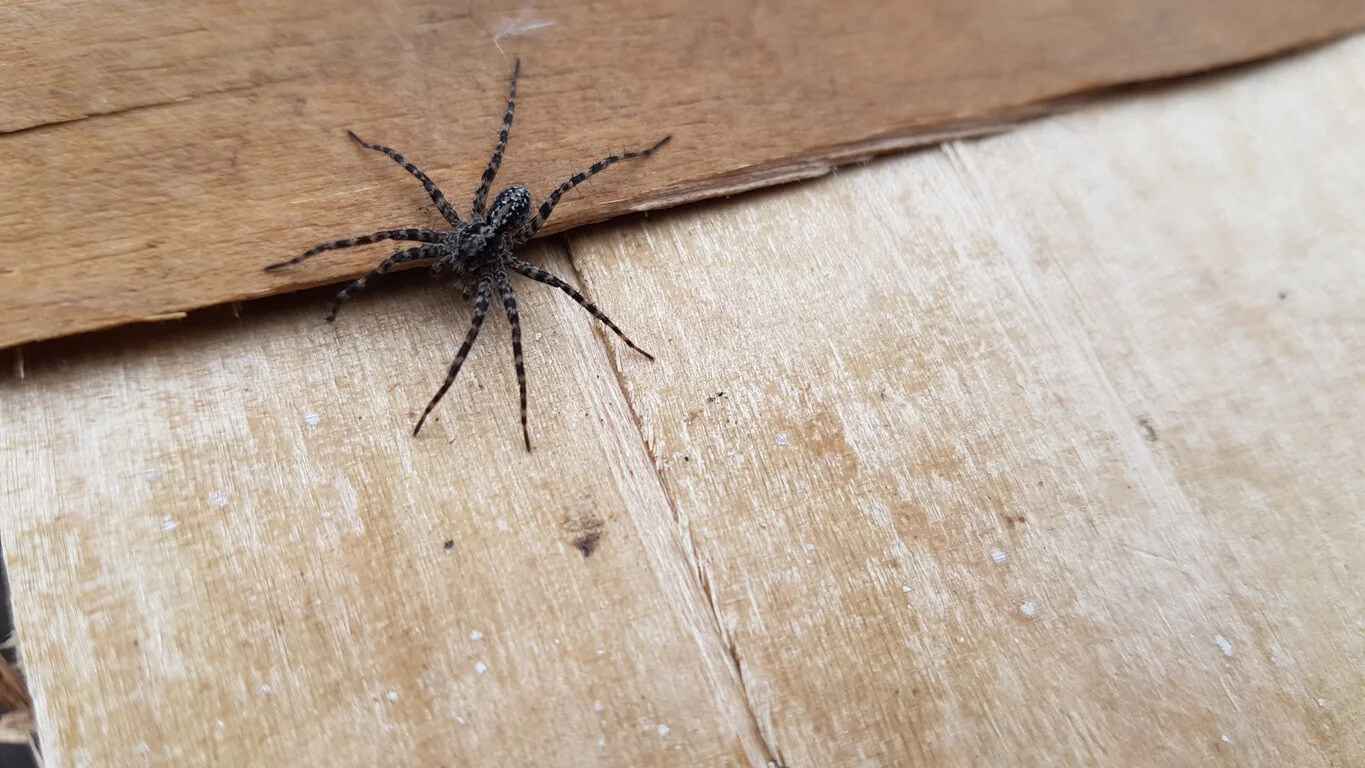
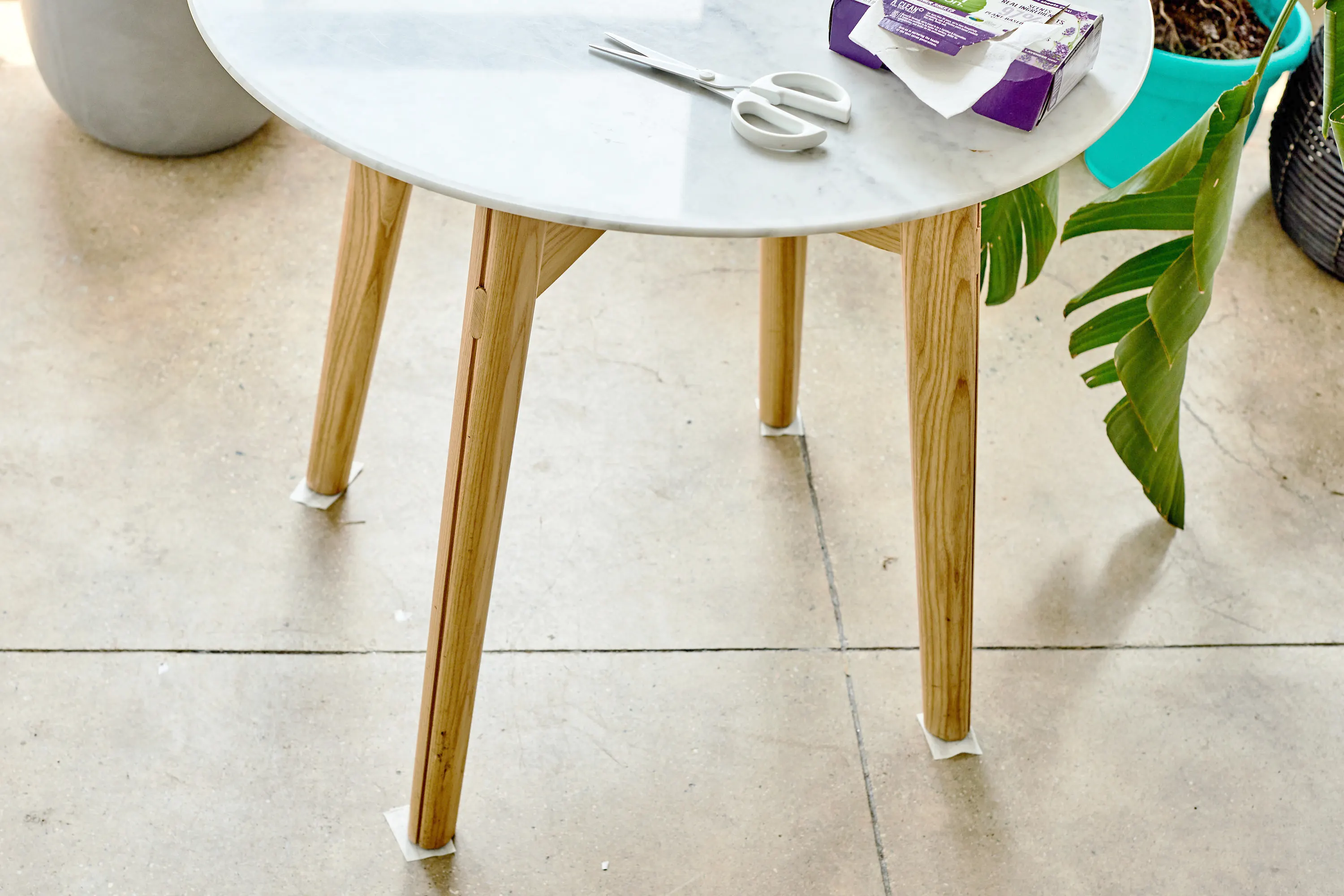
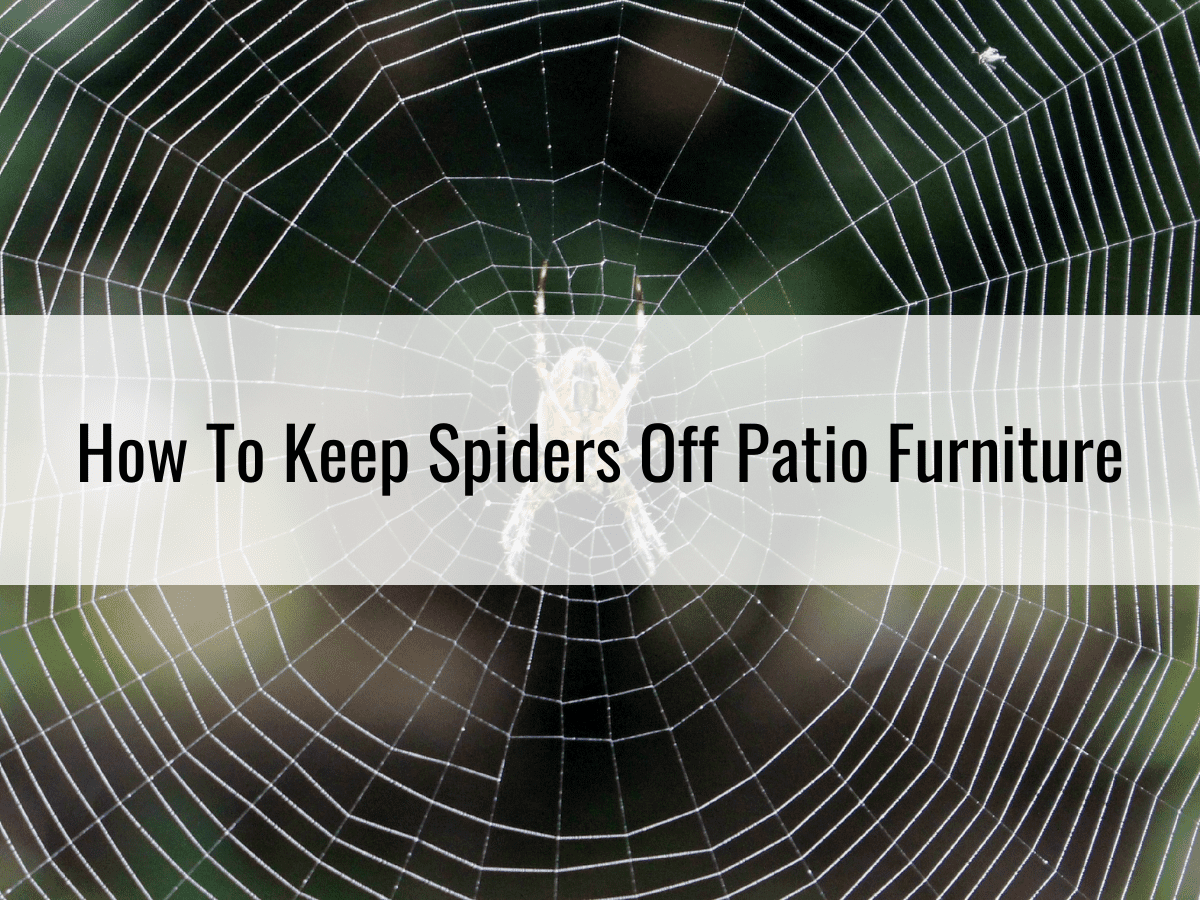
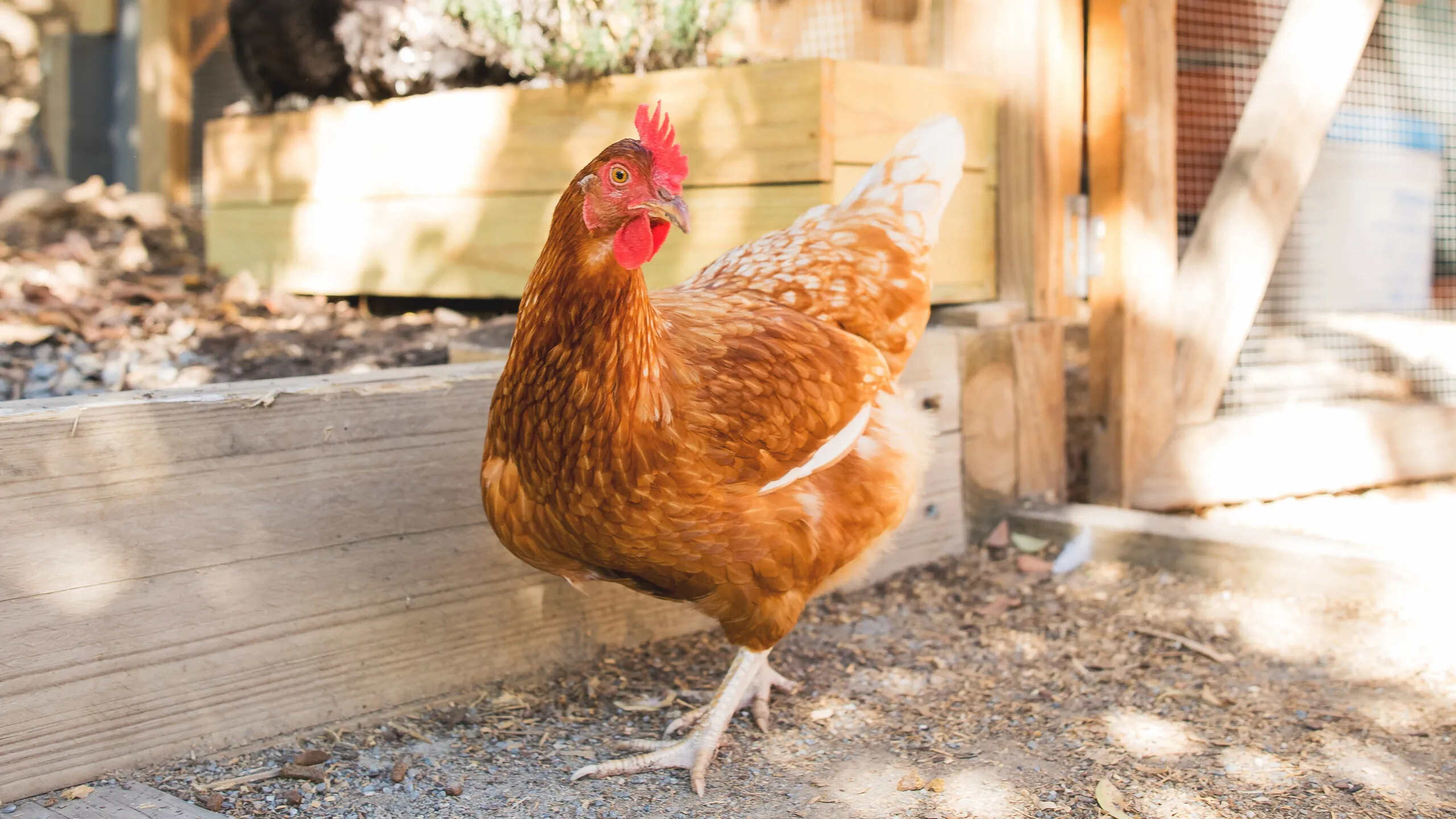

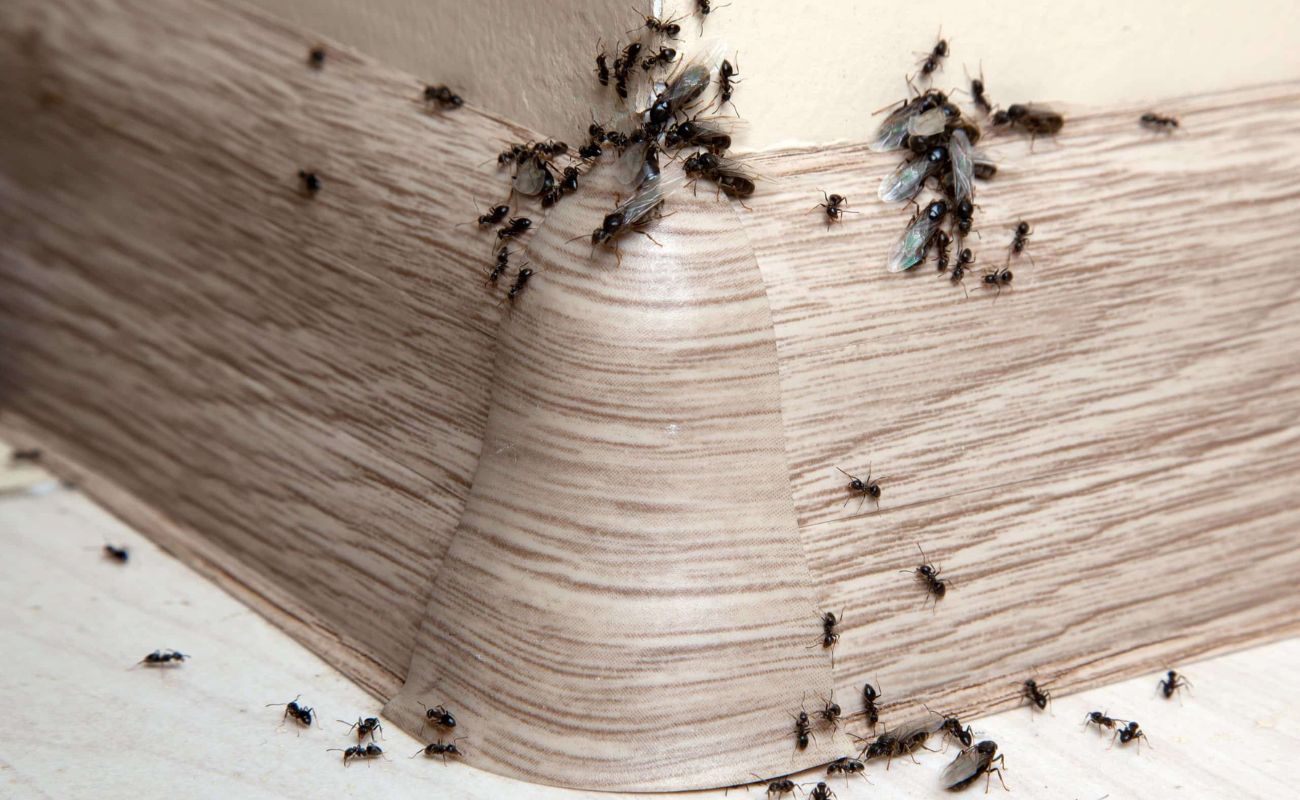
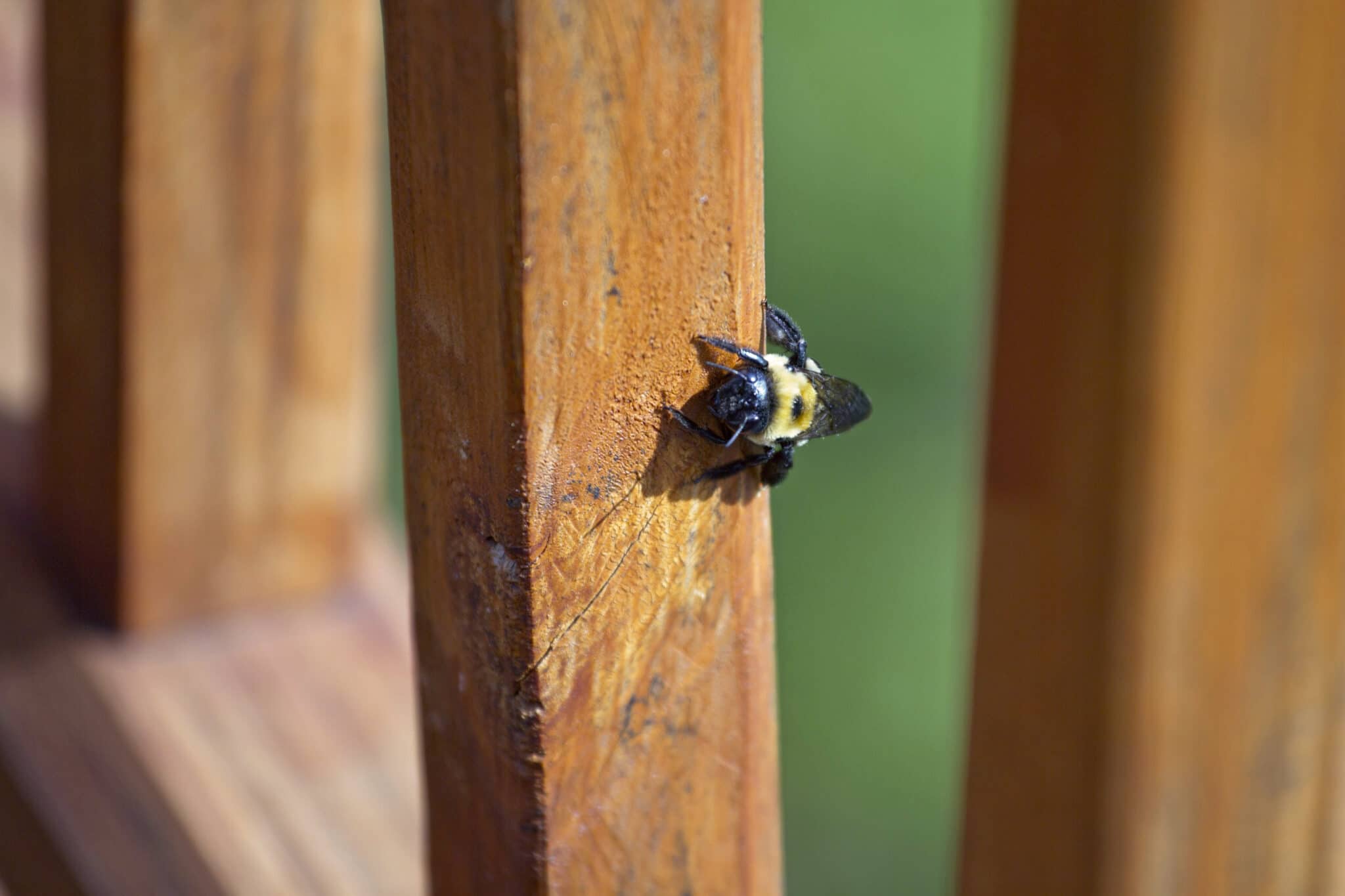
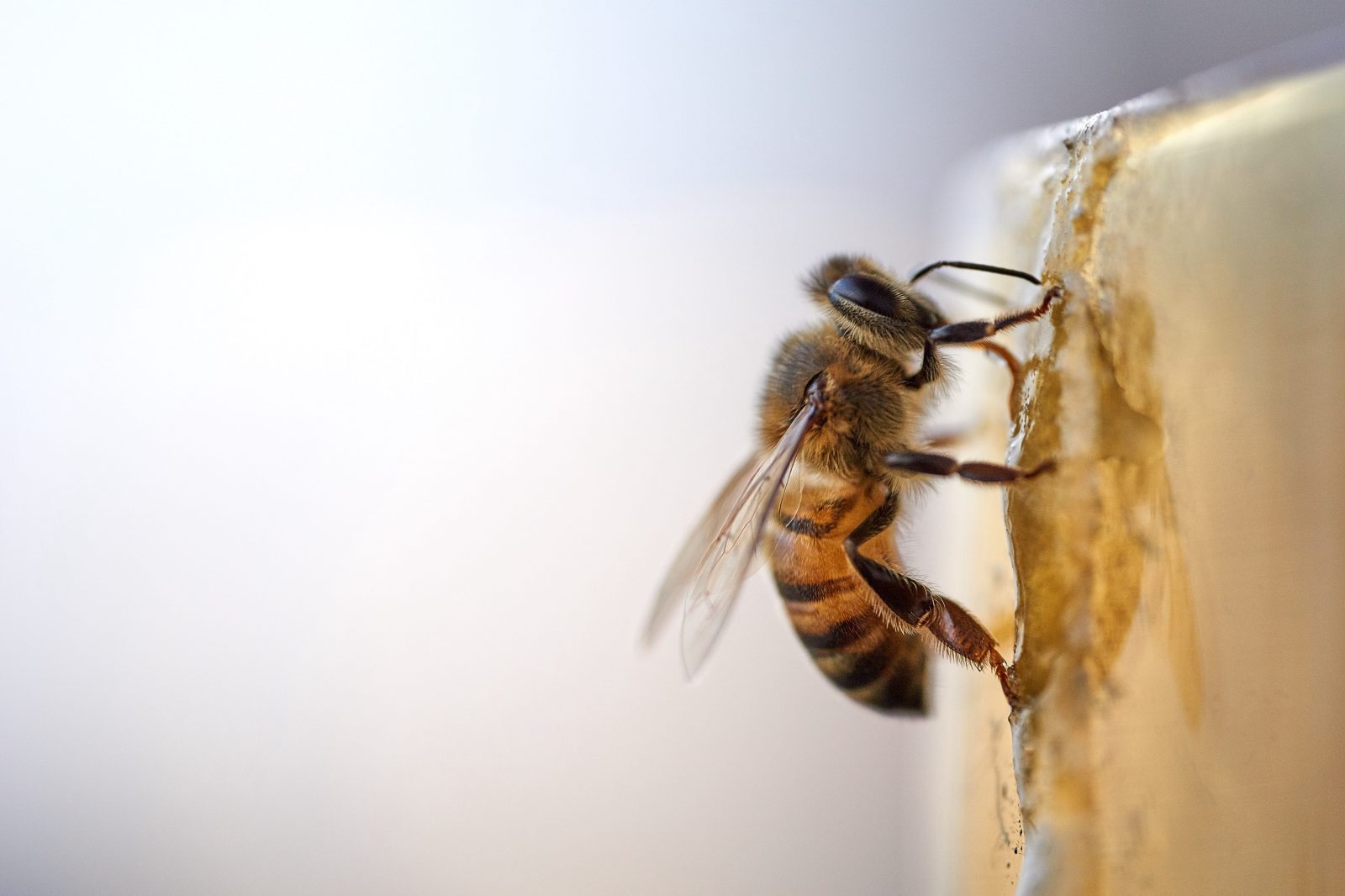
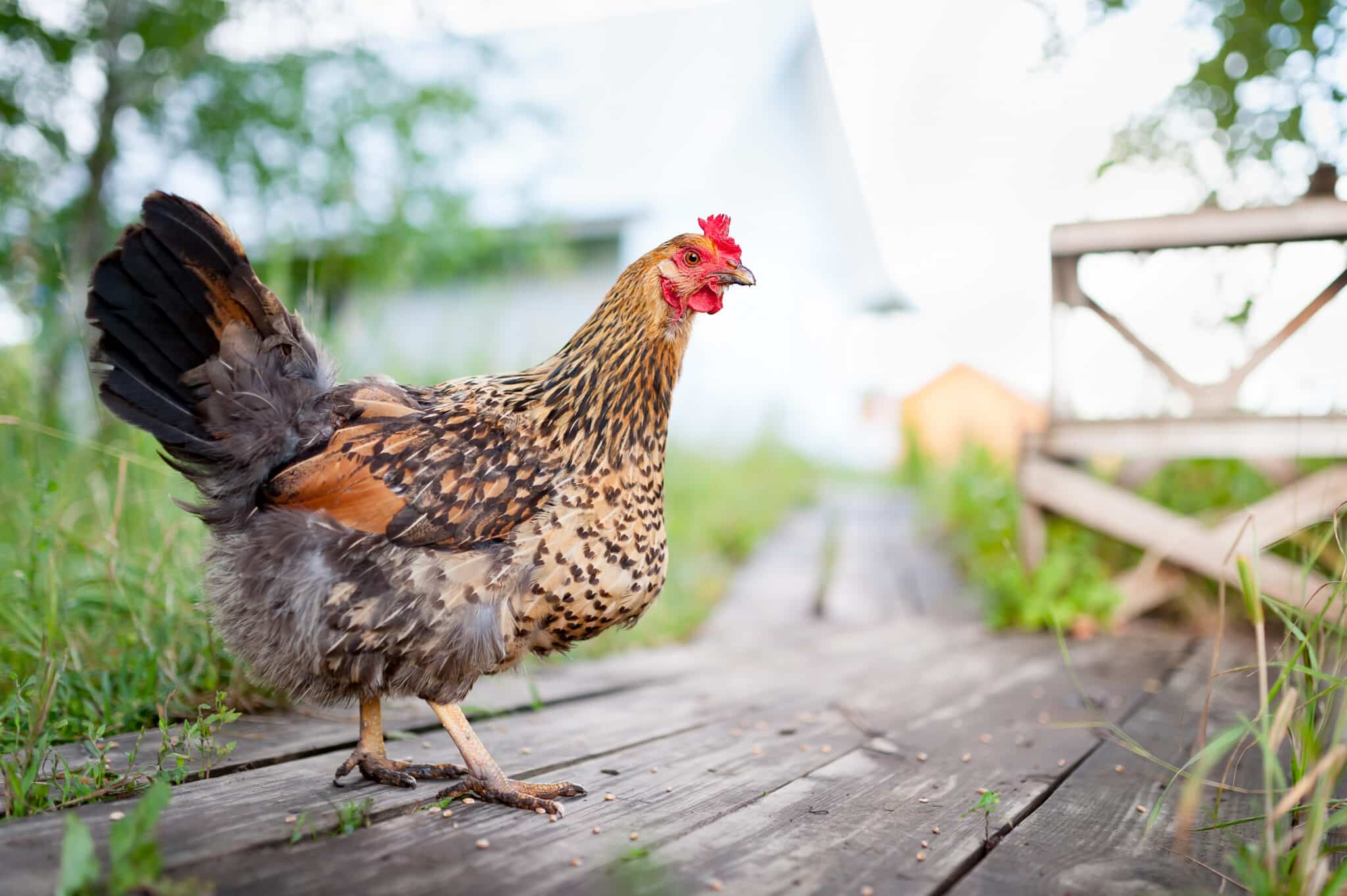
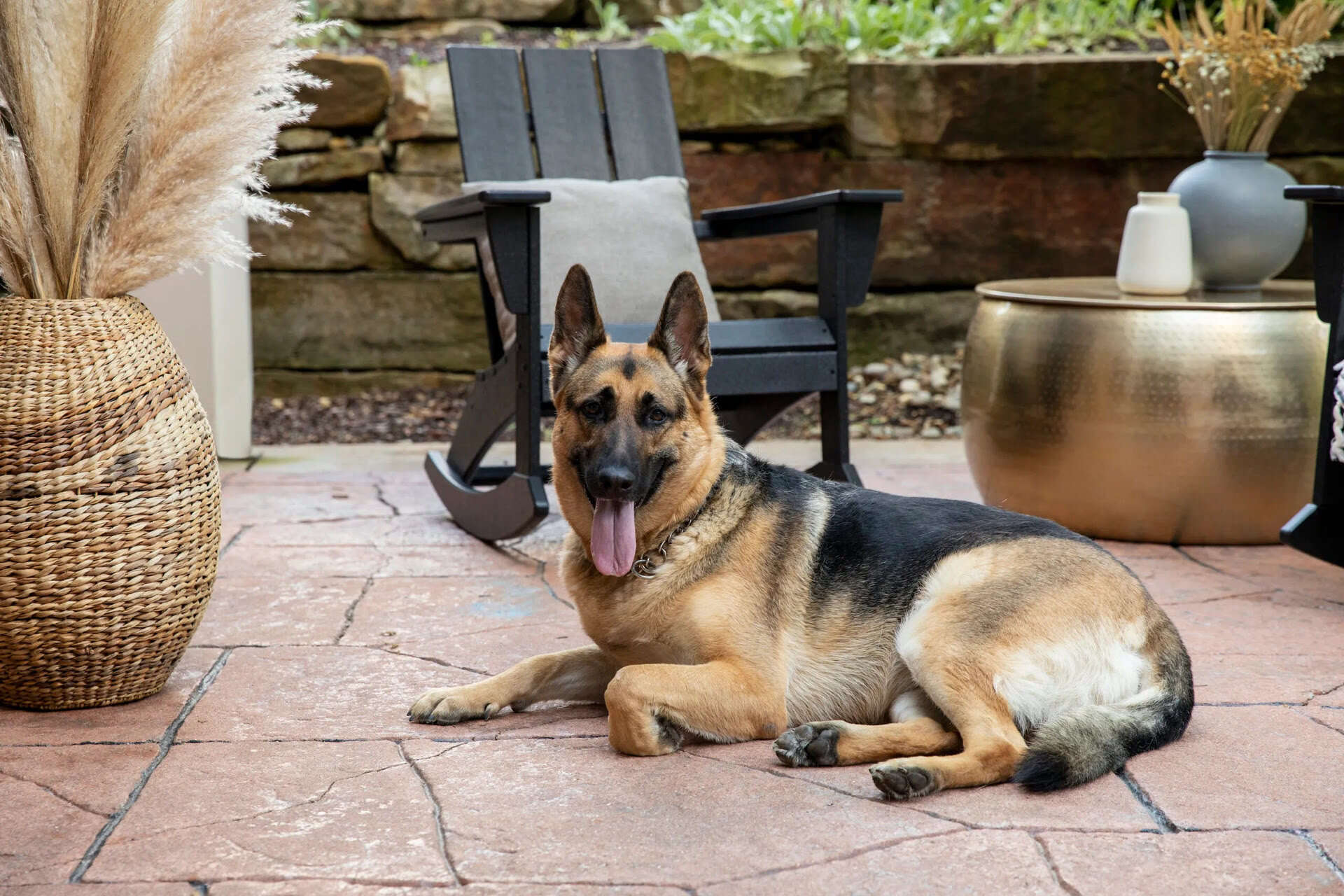
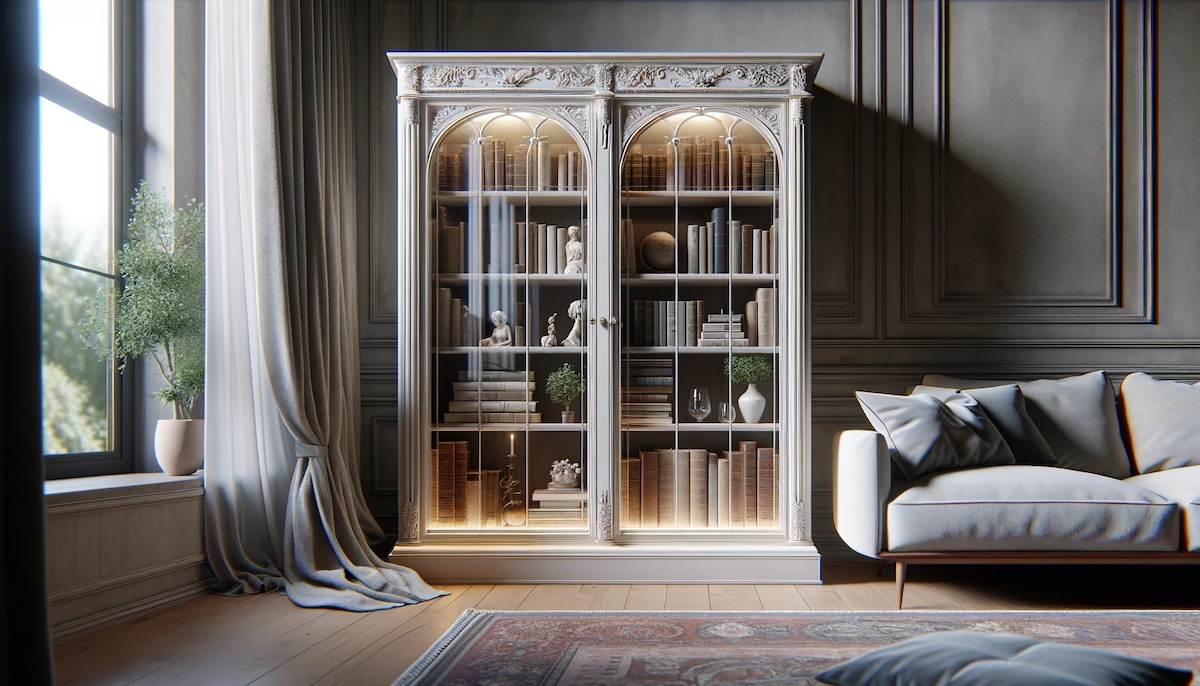
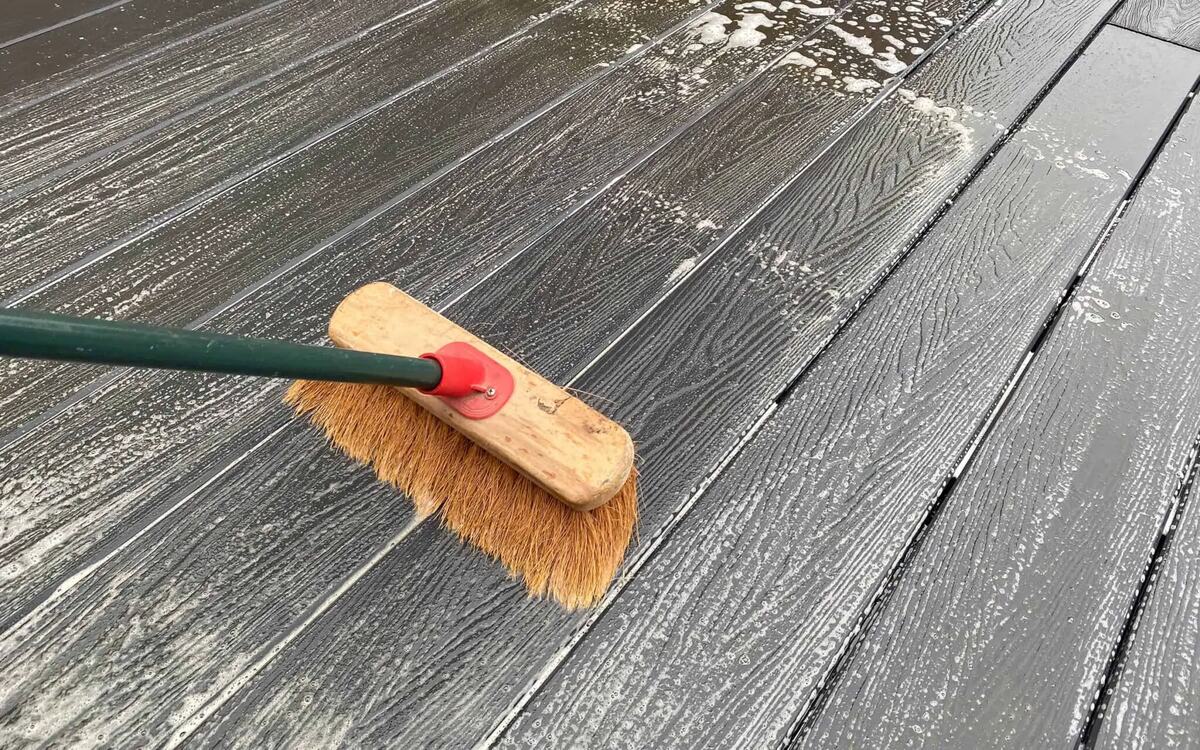
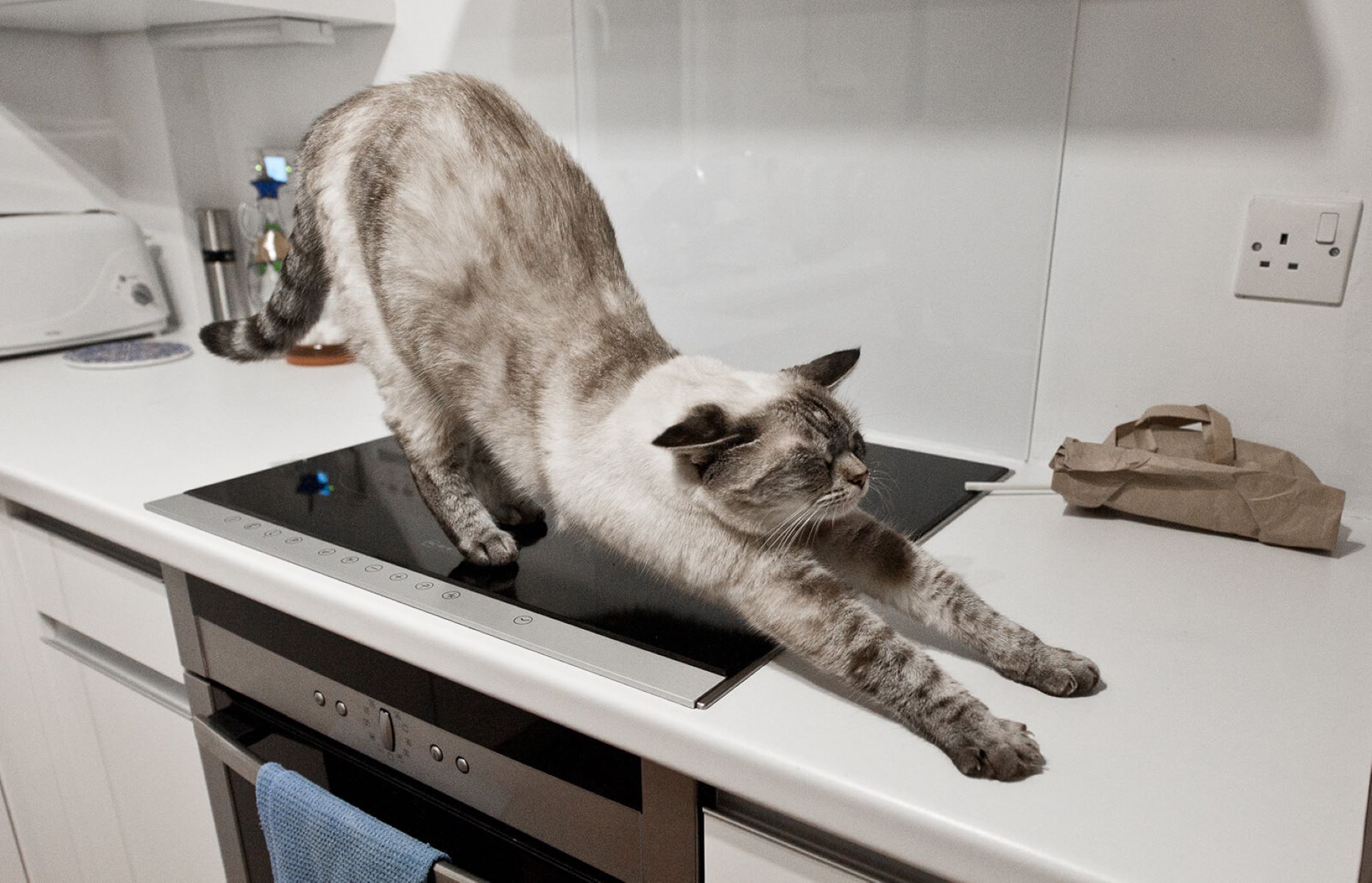

0 thoughts on “How To Keep Bees Off Patio”